When it comes to voting and elections, there are three different voting models. The voting models lead to popular control. Popular control is the popular political party having control of government decisions. Prospective, retrospective, and the median voting model are the three models.
The theory in which voters decide what the government will do in the future by choosing a responsible political party is called the prospective voting model. The responsible party is a political party with clear stances on issues and makes them into policy once elected to office. Think Republican and Democratic candidates. An example of when this model is used in the presidential election. The people choose a Democrat, Republican, or Independent candidate for office in hopes the issues they stood for will be put in to policy.
There are problems with this voting model. It increases the frequency and intensity of political conflicts, and gridlock. Gridlock is when a situation in which government cannot function very well because different branches of government are controlled by different parties that refuse to compromise. This brings us to the idea of polarization, ideological differences that further the parties to grow apart. Polarization encourages extremism between voters, activists, parties, and candidates.
The median voting model is form of election in which political parties move toward the median voter. The voter who ideologically at the center of political issues is called the median voter. For example, if there was a vote to increase the TOPS funding, college students would be the median voters because the vote would greatly affect them. Another name for this voting model is electoral competition.
In this model, an assumption is made about people. The assumption is that citizens can be arranged along a single dimension from liberal to conservative. The party that captures the median voter always wins, and I don't mean the Independent candidate. The Independent candidate hardly ever wins, but that is for a completely different reason.
The last way of voting is retrospective, a theory of democratic elections in which voters look back at the performance of a party in power and cast ballots based on how well it did in office. This model is often used after some sort of scandal happens, basically electoral punish and reward. It results in politicians having incentives to bring peace and prosperity. If you want to stay in office, you must keep the people happy.
This is how Americans vote all the time. Which way do you vote? Though, I guess that depends on the politician.




 man running in forestPhoto by
man running in forestPhoto by 


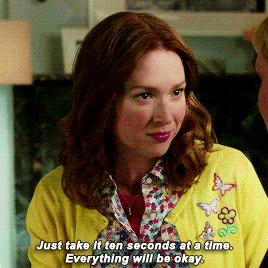


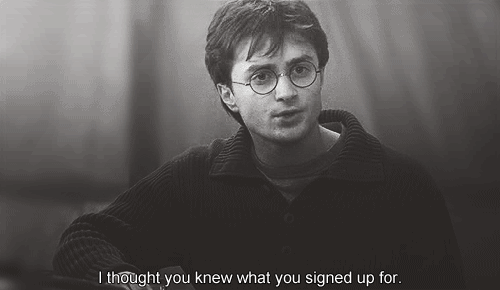 "I thought you knew what you signed up for."
"I thought you knew what you signed up for." man and woman in bathtub
Photo by
man and woman in bathtub
Photo by  four women sitting on black steel bench during daytime
Photo by
four women sitting on black steel bench during daytime
Photo by 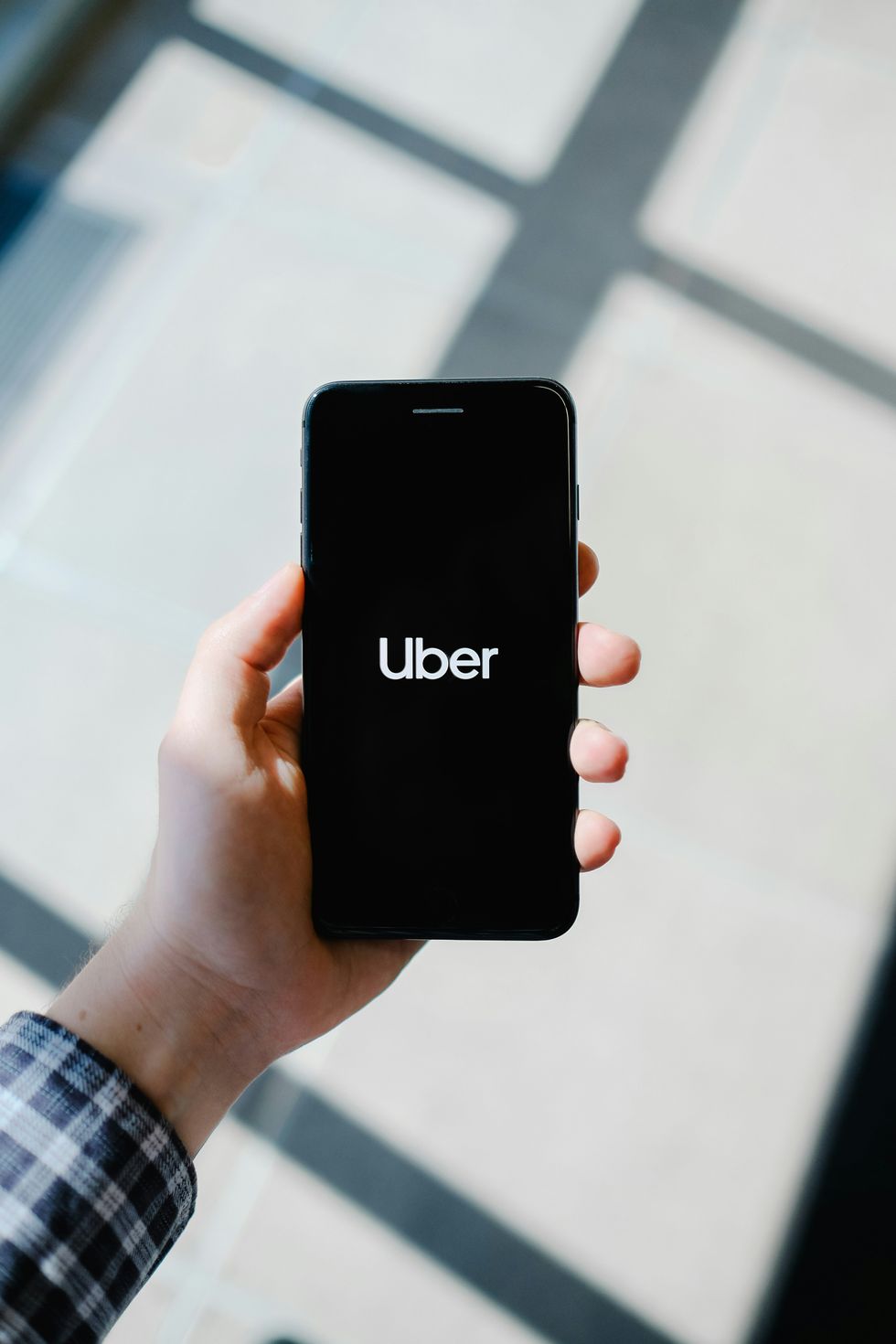 Uber app ready to ride on a smartphone.
Photo by
Uber app ready to ride on a smartphone.
Photo by 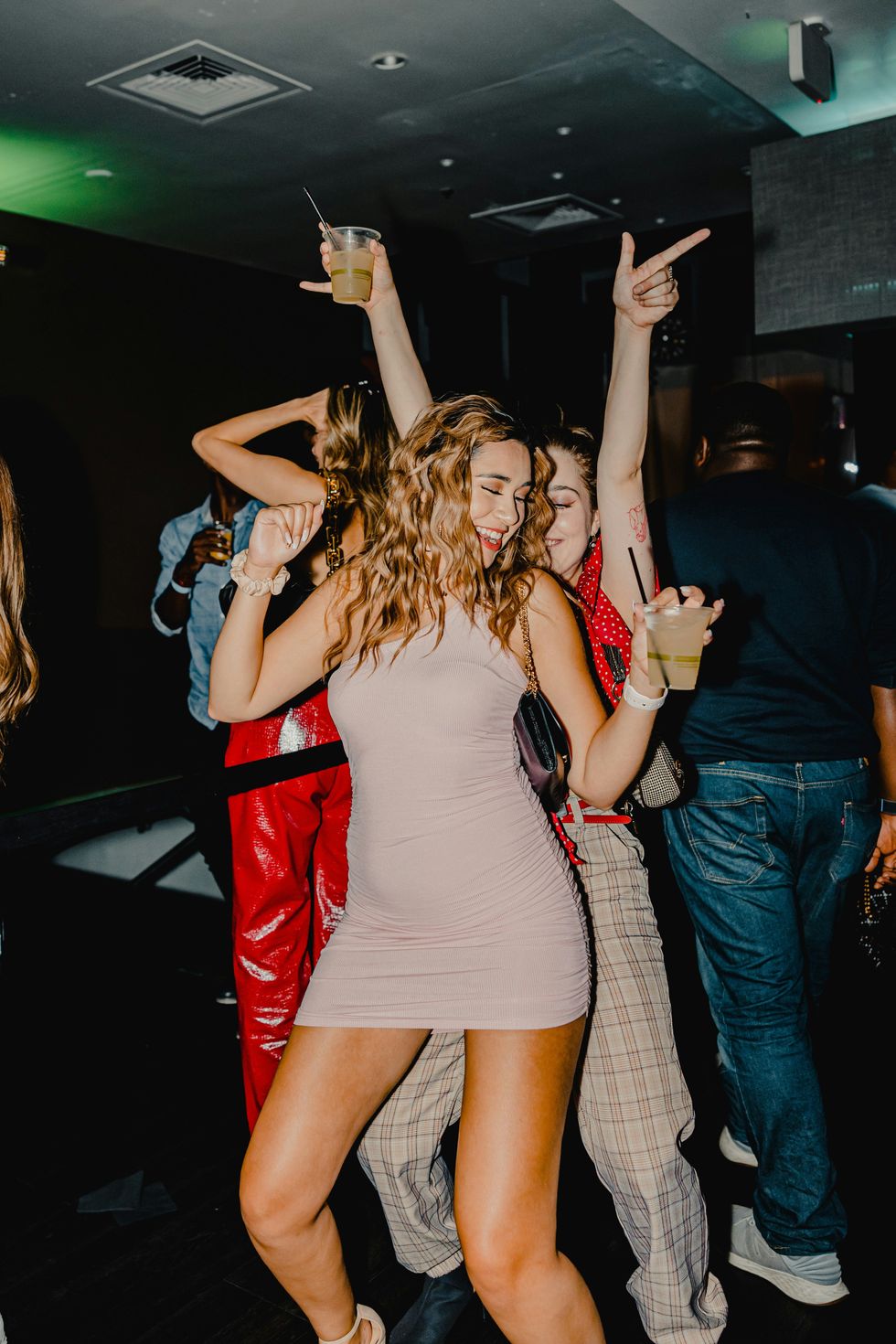 woman in red tank top and blue denim shorts standing beside woman in black tank top
Photo by
woman in red tank top and blue denim shorts standing beside woman in black tank top
Photo by 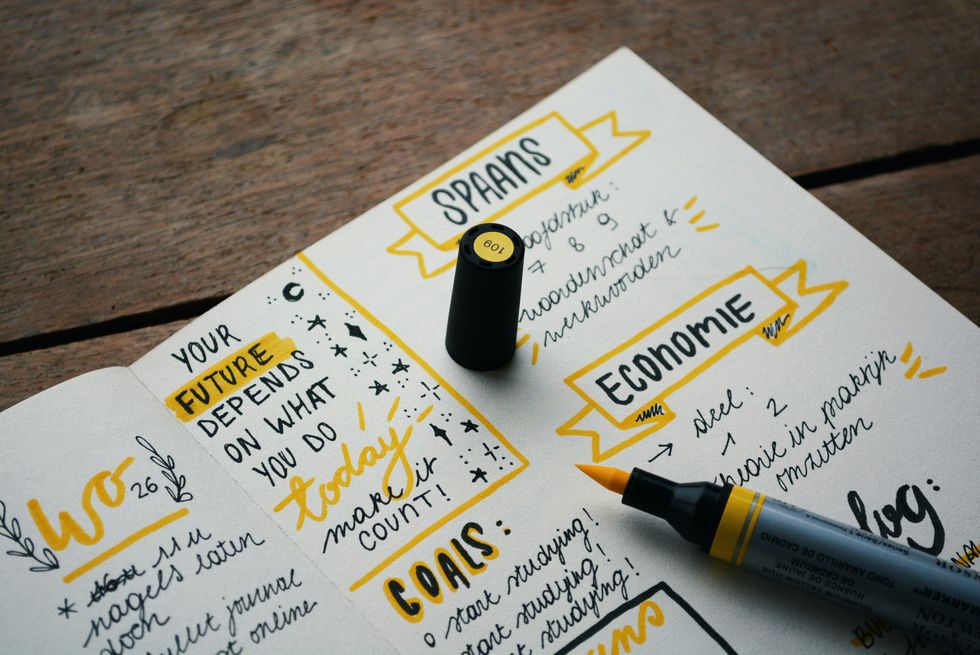 blue marker on white printer paper
Photo by
blue marker on white printer paper
Photo by  welcome signage on focus photography
Photo by
welcome signage on focus photography
Photo by  woman in white and black striped long sleeve shirt lying on bed
Photo by
woman in white and black striped long sleeve shirt lying on bed
Photo by  pink pig coin bank on brown wooden table
Photo by
pink pig coin bank on brown wooden table
Photo by  person holding iPhone 6 turned on
Photo by
person holding iPhone 6 turned on
Photo by  person holding pencil near laptop computer
Photo by
person holding pencil near laptop computer
Photo by  person slicing vegetable
Photo by
person slicing vegetable
Photo by 
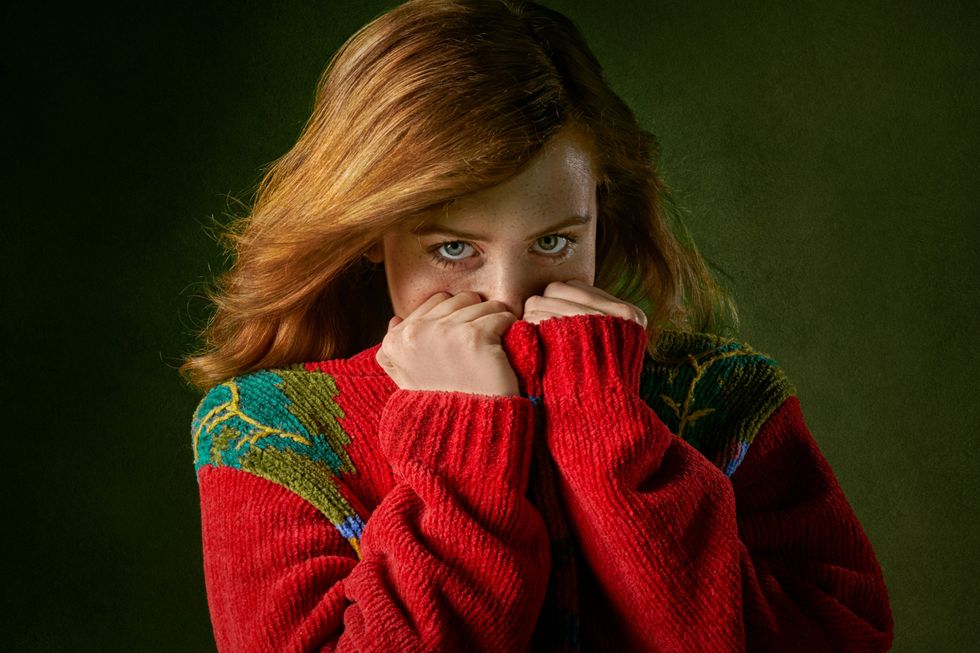 woman covering mouth with sweater
Photo by
woman covering mouth with sweater
Photo by 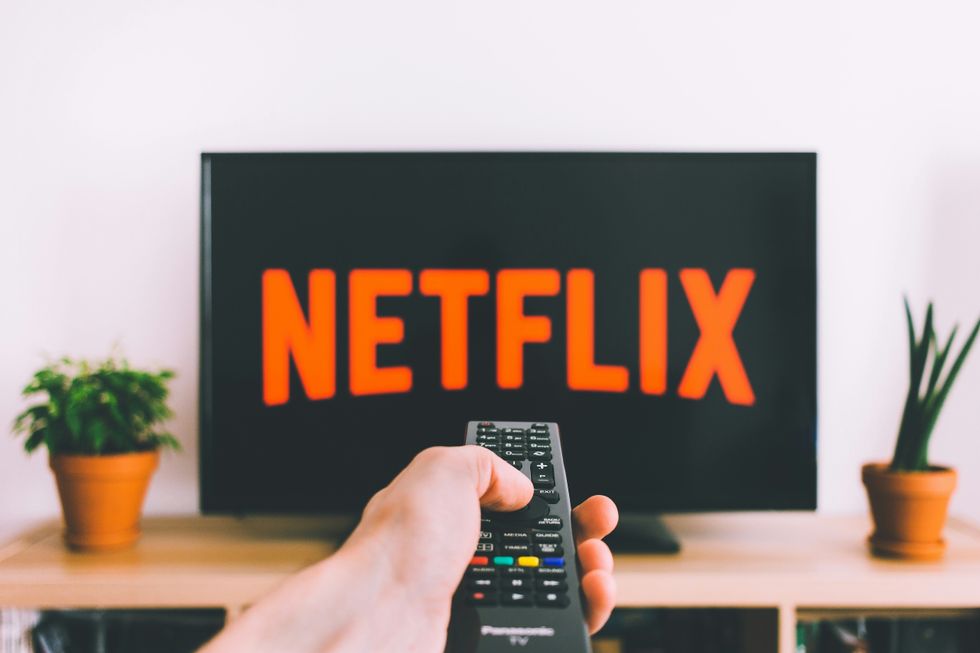 person holding remote pointing at TV
Photo by
person holding remote pointing at TV
Photo by  a woman with her arms raised in a crowd of people
Photo by
a woman with her arms raised in a crowd of people
Photo by  "Shocked disbelief: '95% of the population is undateable?'"
"Shocked disbelief: '95% of the population is undateable?'"








